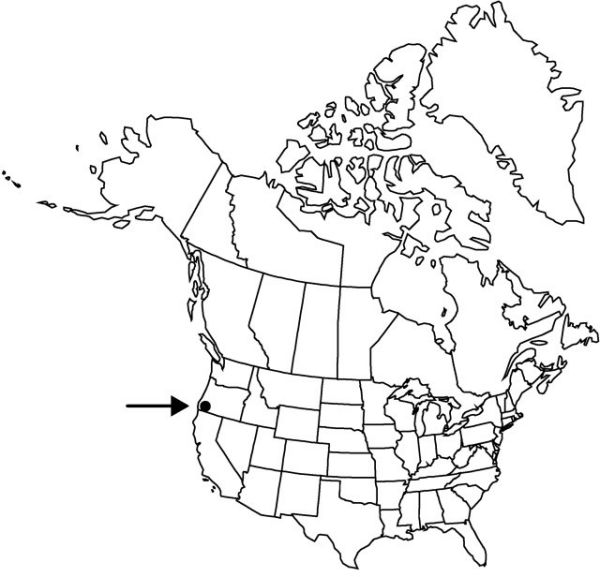Calochortus howellii
Proc. Amer. Acad. Arts 23: 266. 1888.
Stems slender, not branching or rarely branching in axil of cauline leaf, straight, 2–4 dm. Leaves: basal persistent, 20–35 cm; blade gradually tapering distally, adaxially pubescent. Inflorescences subumbellate, 1–3-flowered; bracts 2, subopposite, linear to narrowly lanceolate, attenuate, 1–3 cm. Flowers erect; perianth open, campanulate; sepals shorter than petals, ovate-acuminate, glabrous; petals yellowish white, with purplish hairs toward base, broadly obovate, cuneate, inconspicuously fringed laterally, sparingly short-hairy adaxially, apex rounded; glands transversely oblong, slightly depressed, densely covered with short, distally branching hairs, the bases of which unite at lower margin to form inconspicuous, discontinuous membranes; filaments shorter than anthers; anthers oblong-lanceolate, apex acute to short-apiculate. Capsules erect, 3-winged, ellipsoid, ca. 2 cm, base and apex acute. Seeds light-colored, irregular. 2n = 20.
Phenology: Flowering late spring–mid summer.
Habitat: Dry, rocky, serpentine soils
Elevation: 300–500 m
Discussion
Calochortus howellii is known only from the Illinois River valley, Josephine County.
Selected References
None.

